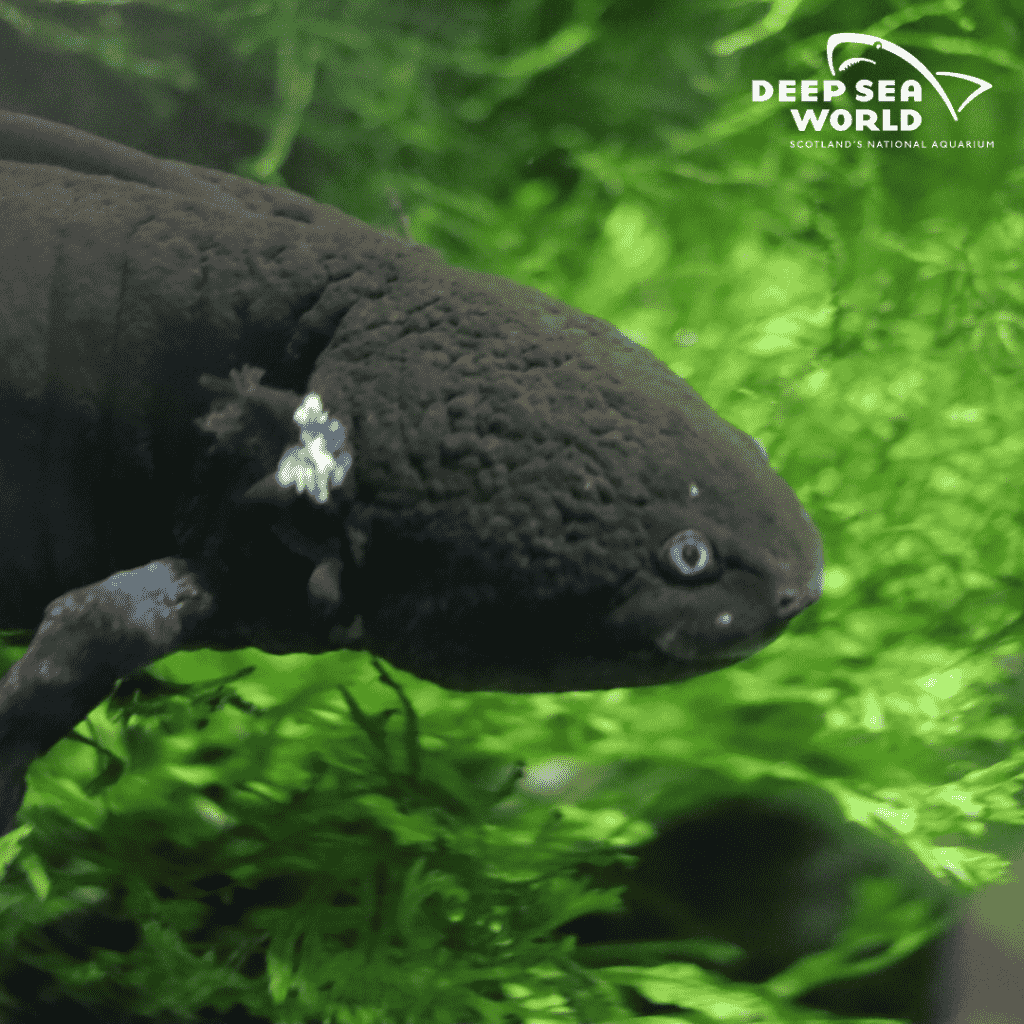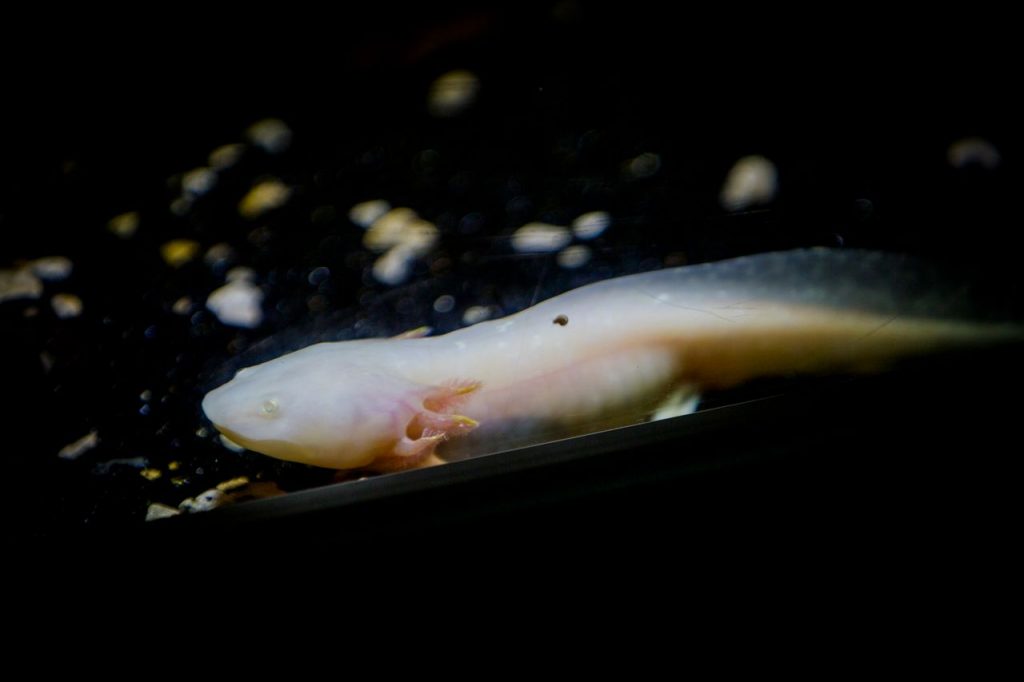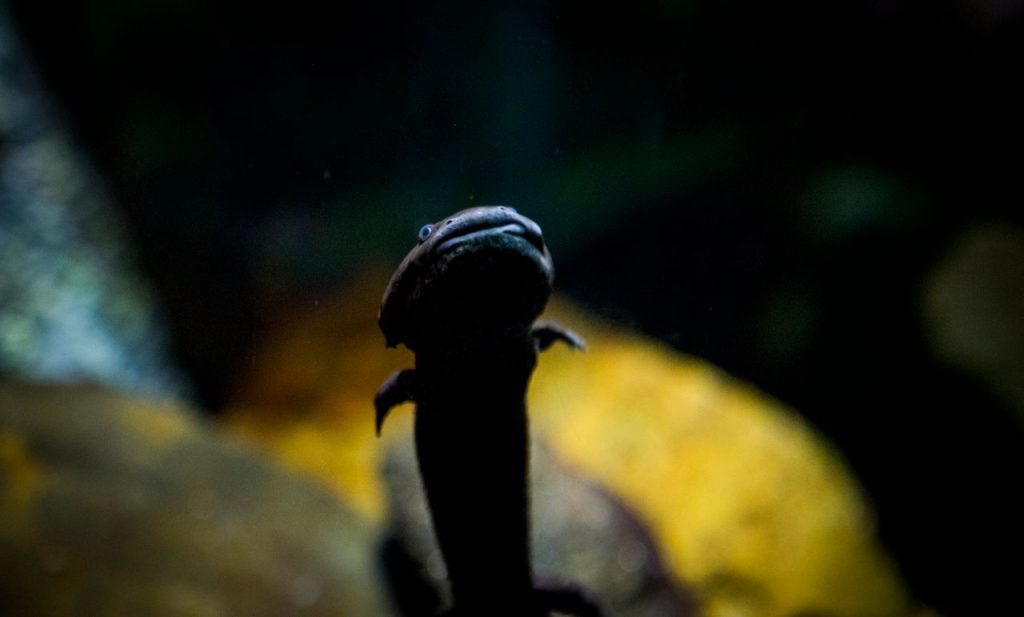Have you ever heard of axolotls? We didn’t think so! These curious animals aren’t all that well known but boy are they interesting – from their frilly gills right down to their self-growing limbs.
So, what do you need to know about the weird and wonderful axolotl? Get acquainted with these otherworldly critters with 23 need-to-know facts about axolotls.
1. Axolotls are a type of salamander. However, unlike other amphibians, they don’t lose their gills as they grow, so are unable to live on land and spend all of their lives in the water.
2. Axolotl gills appear as feathery appendages on the outside of their bodies. It makes them super recognisable – and very cute to boot!
3. As well as gills, axolotls also develop lungs. They’re one of the few creatures on Earth to use gills and lungs to breathe, although they mostly rely on their gills.
4. Remarkably, axolotls are only found in a single location on Earth. That’s the freshwater Lake Xochimilco and its surrounding canals and waterways, which are located near Mexico City in North America.
5. Axolotls vary in colour from brown to pink to green. They have webbed feet and a long tail to aid with swimming, while many people say they look like they’re always smiling due to the shape of their mouths.
6. The average size of an axolotl is around 20-25 centimetres. That’s about the same length as a fully-grown guinea pig or a standard-sized envelope.
7. Axolotls have a surprisingly varied diet. They’re happy to munch their way through everything from worms and molluscs to small fish and insects, which they pick off the surface of the water.
8. Since they scarcely change from birth, axolotls have zero teeth. “How do they eat?” we hear you ask. Well, that’s all down to suction power. Axolotls have a surprisingly strong sucking force which use to crush and devour their prey.
9. Some young axolotls are cannibals! Yes, the grim reality is that many young axolotls wouldn’t think twice about having a nibble of their brothers and sisters after they’re born. Don’t worry, though, as this isn’t a death sentence, as you’ll discover from fact #11.
10. In the wild, axolotls have plenty of predators. That includes certain species of birds that swoop down and lift them out of the water, as well as large fish like tilapia and perch.

11. Get this – axolotls can regrow their own body parts. Yep, you read that correctly and this isn’t the stuff of science fiction. If axolotls become injured they, like some other species of salamanders, can regrow missing limbs, including hands, feet and even tails. They can also regrow organs. This unique ability means they’re regularly used for scientific research.
12. Axolotls reproduce up to three times a year. We should point out, though, that this breeding regime does differ depending on whether the animals are living in the wild or in captivity.
13. Female axolotls lay up to 1,000 eggs at a time. That’s a lot of baby axolotls! These eggs sink to the bed of the lake or river and hatch after around two weeks, with the babies left to fend for themselves right out of the egg.
14. Axolotls are solitary animals. You’ll rarely find them in a group or even pairs, though they do exhibit some unique behaviour as a mating ritual. That’s not to say they’re unfriendly, but they do seem to prefer keeping themselves to themselves.
15. Masters of camouflage, axolotls can adjust their colours to hide from predators and prey. This is a trait these clever critters share with other members of the salamander family.

16. Interestingly, pink, white and albino axolotls are more common when bred in captivity. We’re not sure why this is, but you’ll rarely see a pink or white axolotl in the wild. Instead, they’re much more likely to be brown or green.
17. Axolotls have a massive DNA genome. In fact, it’s ten times larger than humans, with over 32 billion individual DNA strands. This makes it a real challenge for the scientists tasked with discovering how they’re able to regenerate limbs and organs.
18. Experts believe they could hold the key to the secret of evolution and regeneration. That’s right, they may be difficult to examine, but scientists continue to persevere with sequencing the axolotl’s DNA. Many experts agree that the species could unlock the secret of evolution, while others say that gaining a deeper understanding of their regenerative abilities could revolutionise human medicine forever.
19. Sadly, axolotls are now critically endangered. In fact, they’re on something called the IUCN Red List, meaning they’re in danger of going extinct.
20. Habitat loss, pollution and invasive species are the primary reasons for the decline in axolotl numbers. For example, fish like perch and tilapia aren’t native to the waters of Lake Xochimilco, and these invasive species have had a massive impact on axolotl numbers.

21. An estimated 1,000 axolotls remain in the wild. That’s a worryingly small number considering how many eggs are laid by each breeding pair.
22. Axolotl conservation efforts are in full swing. All isn’t lost for the cute-as-a-button axolotl. Over in Mexico, campaign groups are spearheading a number of initiatives to help safeguard this unique creature from extinction. That includes plans to raise the water level of Lake Xochimilco and rid its waters of invasive species.
23. You can see axolotls right here at Deep Sea World! That’s right, Deep Sea World’s Temple of Frogs is home to a small group of axolotls, so you can enjoy an up-close view of these cute and curious critters.
So there you have it – 23 amazing facts about the colourful and unique axolotl. Ready to learn more about this spectacular salamander and the other animals on display at Deep Sea World? Book your tickets here.
